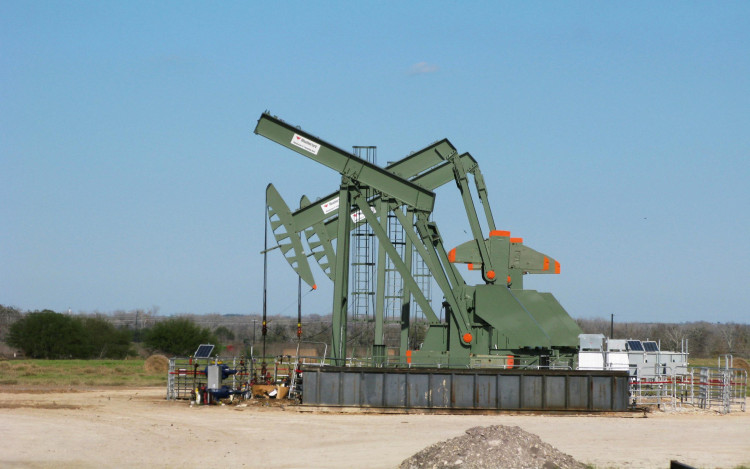Earlier this summer, the rise of US shale oil seemed to start slowing down. But then demand growth picked up heading back into the autumn and is now at 12.6 million barrels a day and close to its all-time high.
But a new market outlook from IHS Markit data provider forecasts that US shale oil's growth will slow down in the first quarter of 2020 and then again in 2021. Raoul LeBlanc, North American Unconventionals Vice President, expects the shale industry's biggest headwinds since the 2015 oil price will ease.
Closed capital markets and low rates threaten to force money out of the economy, analysts said, as investors place asset restraint on E&P's by pushing down share rates and lifting capital costs on debt markets. "IHS Markit forecasts a U.S. shale production growth of 480,000 barrels per day in 2020 - less than half the pace this year - and then decrease in 2021.
Natural Resources Pioneer Co. chief executive Scott Sheffield said shale producers consider shareholder calls to stop "burning through money."
He also predicts next year to slow growth, which is expected to help raise oil prices. Sheffield said in a call with investors, "I don't believe OPEC has to worry that much more about long-term U.S. shale production," adding that he "definitely gets more confident that we are probably at the bottom of the oil price phase."
Meanwhile, New EOG Resources chief executive officer Mark Papa talked all year about a recession, but a prediction he created only nine weeks ago has just been reduced. From the 700,000 barrels per day prediction he created in early September, Papa reduced his 2020 shale growth forecast to 400,000 BPD.
Papa said the trend was not a "mere occurrence" in 2020, assuming that U.S. shale production will be slightly less efficient year-over-year in 2021.
Also, Russia entered the bearish bandwagon, with Russia's energy minister Alexander Novak forecasting U.S. shale to drop significantly, stating that "this is obviously a phenomenon," and pointing out that U.S. production will not rise as fast as it did in previous years at current oil prices.
OPEC does not seem to anticipate a decline in the meantime. and has estimated in its recent annual study that U.S. shale-oil output will grow by more than 40 percent to 17 million BPD by 2025. This is a 3.1 million BPD rise over what was estimated in last year's study by OPEC.





